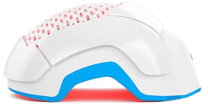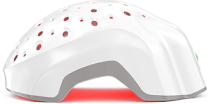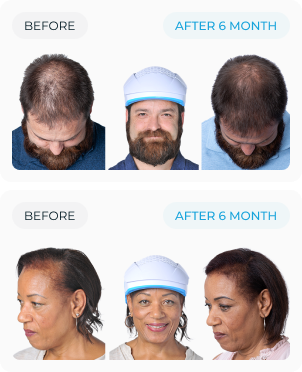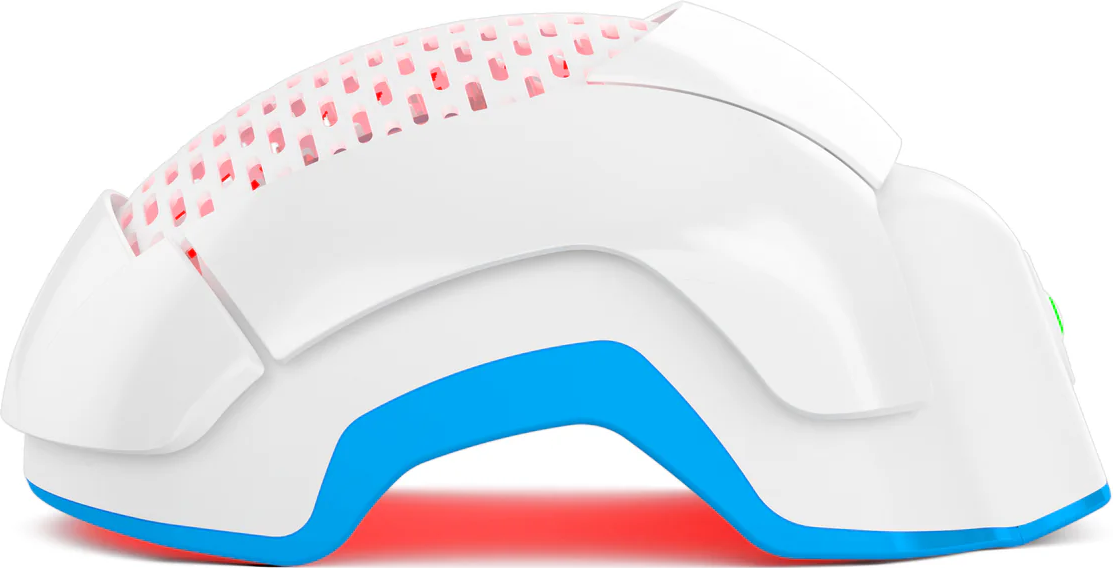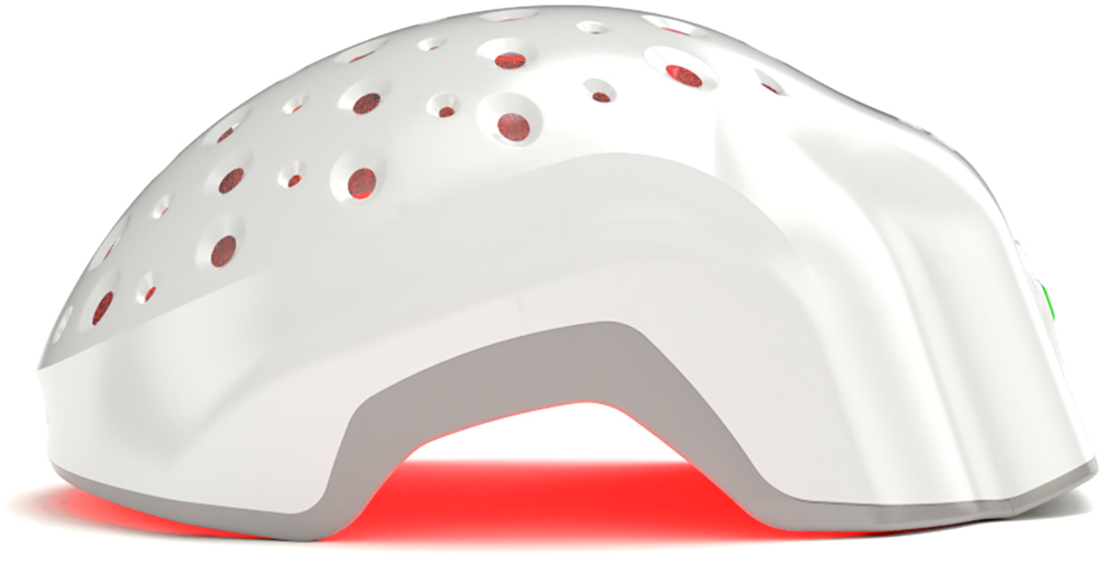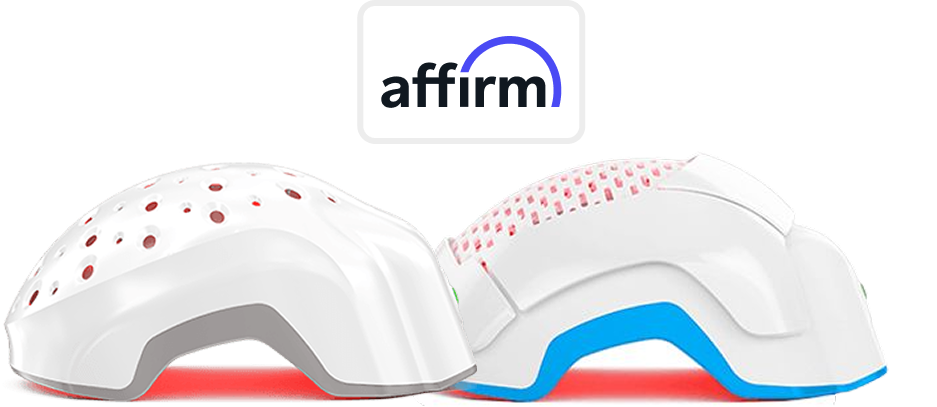Hair bleach gives bold results—but it’s not exactly gentle. For something that’s supposed to add shine and confidence, it sure has a track record for doing the opposite when overused. Which brings us to a very real concern: can bleaching cause hair loss?
Hair bleach is powerful—no debate there. It’s designed to lift pigment, but it can lift a lot more if mishandled: cuticle layers, protein bonds, even your patience. The results are dryness, thinning, shedding that feels suspiciously excessive—and breakage that mimics hair loss a little too well. There’s a reason why “bleach damage” gets searched more than “how to fix a bad haircut.” But before jumping to conclusions about follicles waving the white flag, let’s look at what’s really happening when bleach turns from makeover into a hair health hazard.
Not every blond ambition ends in fallout. But if your hair feels gummy, looks frayed, or sheds in clumps post-bleach, something’s off. This blog will discuss how bleaching really affects your hair, what damage looks like, what causes it, and how to stop the bleeding—before your bleach becomes a regret.
What is Hair Bleaching?
Hair bleaching is a chemical process that strips natural pigment from your strands. It works by breaking open the protective cuticle layer and using oxidative agents—most commonly hydrogen peroxide and ammonium persulfate—to dissolve melanin inside the hair shaft. Once the pigment is gone, what’s left is a porous, fragile strand of lighter hair.
The trouble starts when the cuticle can’t close properly afterward—or worse, when it’s been damaged beyond repair. That’s when hair becomes weak, dry, and stretchy in all the wrong ways. In short: chemically lightened hair might look bright, but it often feels anything but healthy. And that’s where bleaching hair damage starts to snowball into more serious concerns, including hair loss from bleaching.
How Bleaching Can Lead to Hair Loss
Let’s set the record straight: bleach doesn’t kill hair follicles. But it absolutely can make your strands fall out—or break off so high up, it feels like they’re falling out.
Bleach damaged hair typically happens when the chemical process is too harsh, left on too long, or repeated too often. The protein structure inside the hair shaft collapses. The outer cuticle frays or erodes completely. Hair loses its flexibility and snaps like dry spaghetti. That’s not normal shedding—it’s bleaching hair breakage, and it often happens mid-shaft or even closer to the root, giving the illusion of sudden hair loss.
In some cases, the damage goes even deeper. If bleach is applied too close to the scalp—or applied incorrectly—it can cause chemical burns or irritation. That’s bleaching hair scalp damage, and while rare, it’s a serious concern. Burns to the scalp can inflame or even scar the follicle, potentially leading to permanent thinning in that area.
Factors That Increase the Risk of Hair Loss from Bleaching
Not all hair responds to bleach the same way. Some types tolerate it better than others, but several factors can raise the risk of fallout or breakage.
Hair condition before bleaching matters most. If your hair is already dry, color-treated, chemically relaxed, or heat-damaged, it’s already on the back foot. Add bleach to that and you’re giving your strands an eviction notice.
The strength of the developer also plays a huge role. High-volume developers (30 or 40 volume) lift color faster—but do more damage. Multiple rounds of lightening, back-to-back sessions, or overlapping bleach applications all compound the trauma. That’s the kind of aggressive bleaching that leads to thinning, breakage, or loss.
And then there’s the method. Box dyes versus professional bleaching? Big difference.
Most box dyes labeled “high-lift blonde” contain strong lightening agents—yes, often including bleach. But they’re one-size-fits-all formulas with zero customization, which means higher odds of uneven lift and overprocessing, especially on fragile or previously colored hair.
Professional bleaching, on the other hand, allows for tailored developer strength, precision placement, and—when done right—bond-protecting additives that reduce structural damage. Translation: fewer surprises, less breakage.
Do all blondes use bleach?
Not always. Some go lighter with ammonia-based dyes or high-lift color. But true platinum, icy silver, or light-pastel shades almost always require bleach—because only bleach can fully strip underlying pigment. And the more dramatic the lift, the higher the risk if it’s not done correctly.
How to Protect Your Hair from Bleaching
The only surefire way to avoid damage from bleach is not to use it. But if going blonde (or silver, or pastel) is non-negotiable, here’s what matters:
Before bleaching, prep your hair with deep conditioning and protein treatments. This helps strengthen the cuticle and reduce porosity so your strands don’t absorb too much chemical too quickly. Skip the hot tools, tight ponytails, and clarifying shampoos in the days leading up to your session—they strip moisture and leave hair vulnerable.
During bleaching, timing and technique are everything. Use a low-volume developer when possible. Always perform a strand test. Never reapply bleach over previously lightened hair without a buffer or bond-repair additive. If you feel heat, burning, or itching on your scalp—rinse immediately.
Afterward, shift your focus from color to recovery. Bleached hair doesn’t just need moisture; it needs structure. Bleaching hair repair requires weekly deep conditioners, protein masks, and protective leave-ins. The first month post-bleach is when damage peaks—don’t skimp on care.
How to Repair Bleach-Damaged Hair
Once damage is done, the goal is to support recovery and avoid more loss. Bleaching hair treatment should address both protein and moisture levels.
Alternate between moisturizing treatments (think humectants like glycerin, aloe vera, or honey) and protein-rich products (like keratin, silk amino acids, or hydrolyzed wheat protein). If your hair feels stretchy when wet, that’s a protein deficiency. If it feels stiff, it’s thirsty.
Gentle detangling with a wide-tooth comb, air drying when possible, and switching to a silk pillowcase can make a visible difference in how much hair ends up in your brush. And for anyone experiencing actual hair loss from bleaching—not just breakage—a trichologist may recommend Laser Phototherapy (LPT) or Low-Level Light Therapy (LLLT) to stimulate dormant follicles and kickstart bleaching hair regrowth.
The key is consistency. Bleaching hair repair isn’t an overnight fix. But with the right strategy, it’s entirely possible to restore strength, shine, and volume—even after a bleaching mishap.
Conclusion
So, can bleaching cause hair loss?
Yes—but it’s not technically “hair loss” in the medical sense. It’s self-inflicted damage, and most of the time, it’s preventable. The problem isn’t bleach. It’s bleach without boundaries. When used carelessly, it wrecks the structure of your hair, strips away its strength, and leaves you with breakage that looks an awful lot like shedding.
If you’re bleaching, be smart about it. Prep like it matters. Treat it like surgery. And give your strands the aftercare they deserve. Bleached hair can thrive—but not without your help. And if the damage has already happened? Don’t panic. Recovery is possible. You just have to stop the damage, start the repair, and give your follicles the tools to fight back.


